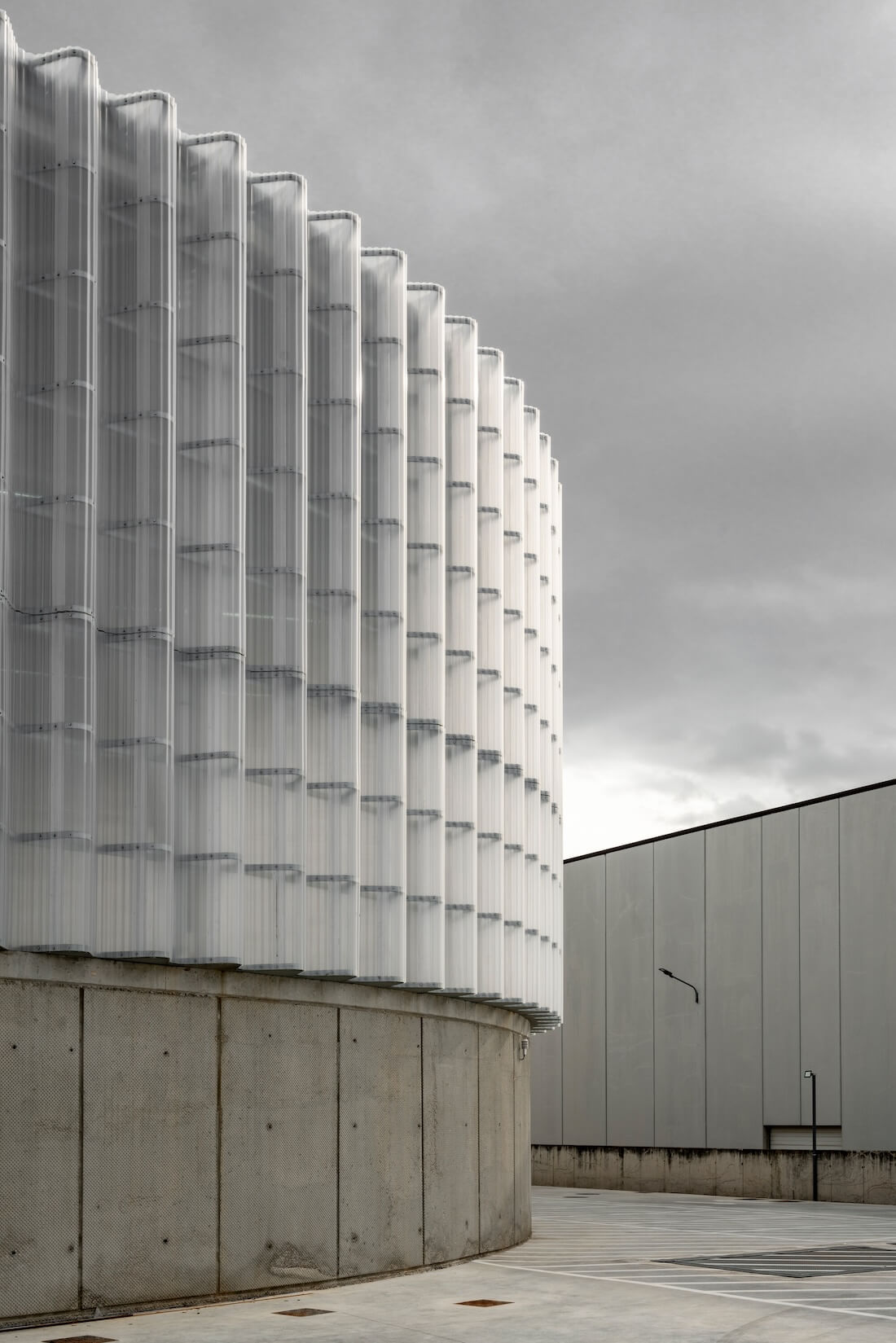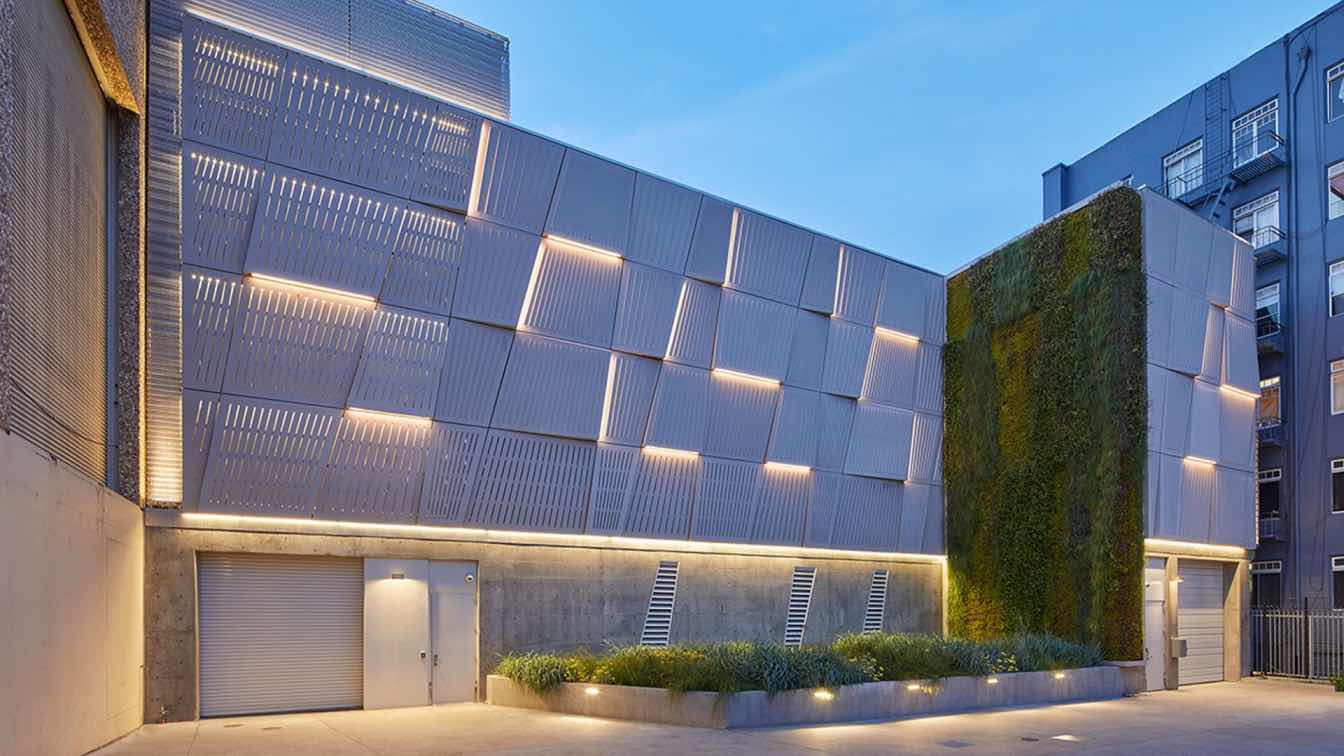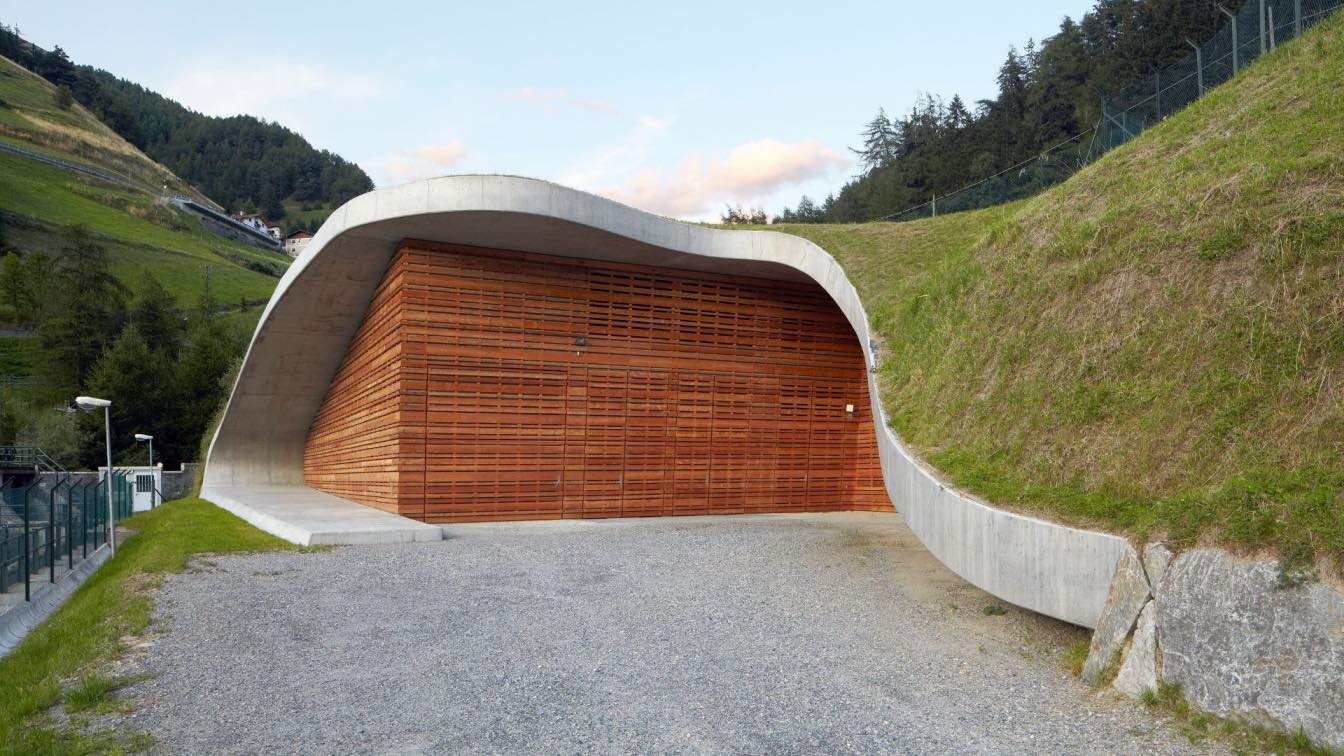FRPO Rodríguez & Oriol: Energy Transformation
This small building is the visible part of a whole that remains hidden from view. It is the head of a new energy infrastructure for the city of Palencia. A District Heating network promoted by the company DH Ecoenergías, a brave pioneer in the energy transformation of Spanish cities. Palencia's network is the first of a long series of similar projects that seeks to decarbonize a good part of the national urban geography, turning off fossil fuel heaters - diesel and gas, costly internationally sourced - to replace them with a clean network, fueled by renewable resources that will largely come from an improved management of Spanish forests.
Pedagogical Vocation
The District Heating network runs under the streets of the capital of Palencia, carrying hot water produced with renewable energies – mainly forest biomass – to buildings in a good part of the city. The Central, on the other hand, fulfils a technical function – hosting the hot water production processes – but at the same time, it has a markedly pedagogical vocation desired by the client: to make the transformation visible and support and allow its dissemination. This double condition requires the approach to the problem of industrial construction not only as a strictly functional matter, where only the economic performance of the building matters, but in a more broadly architectural way. In the words of Teo López, founder of DH Ecoenergías: “This project must be an icon and reference for energy and environmental transformation, and its architecture must symbolize the sources of renewable energies, the change of paradigm, and ultimately, the improvement of public health in cities.”
Base and Lantern
Thus, the architecture of the Central is symbolic, both in its geometry - based on energy and economic circularity - and in its materiality - which opts for literal and pedagogical transparency - presenting the whole as an identity. Two main elements make up the building: a bathtub of heavy concrete and a light steel and plastic lantern - recyclable. The base serves as support for all machinery and establishes terrestrial connections with the outside - through two large, galvanized steel gates - and with the biomass silo located underground. Inside, the concrete base has a cover that becomes a perimeter walkway that surrounds all the machinery. The pill-shaped floor allows optimal circulation of visitors around the complete energy process. The steel and plastic lantern reinterpret economical solutions typical of industrial buildings to establish a significant connection with the community it serves: a small cathedral of energy. The facade of polycarbonate sheets - ribbed on three scales - is configured as a soft whitish veil supported on a delicate galvanized and painted steel wire structure. As a final touch, a translucent tower expels the white smoke resulting from a filtering process that occupies most of the industrial space.




















About studio / author
FRPO has been developing its professional work in the fields of architecture, urban planning and design since 2005. The extensive training and experience accumulated by Pablo Oriol and Fernando Rodríguez have laid the foundations to establish a high-level professional office, where research and The commitment to the contemporary practice of architecture presents results that are widely recognized nationally and internationally.
Standing out for its uniqueness are the San José Station in Toluca (Mexico), the Biomass Thermal Power Plant for DH Ecoenergías in Palencia, the Concordia and Elcano residential complexes in Madrid, the IX BIAU Exhibition in Rosario (Argentina) and the Magnifica Fabbrica del Teatro alla Scala in Milan (Italy).
FRPO has been recognized for its excellent professional career with the Architectural Review Emerging Architects (London, 2019), Architectural Record Design Vanguard (New York, 2012), Europe 40 under 40 (Chicago, 2009) and Bauwelt Preis (Berlin, 2007) awards. , among others, and his work has been a finalist and selected in the XVI Spanish Biennial of Architecture and Urbanism (2023), in the Mies Crown Hall Americas Prize (2022), FAD Awards (2021 and 2019), the Spanish Pavilion in the Venice Biennale 2016 (Golden Lion), the Enor Awards 2011, the Mies van der Rohe Awards 2015, IX, XII and Urbanism (2006 and 2014); and the Madrid City Council Public Works Awards (2007), the Archizinc Award (2007) or the Camuñas Foundation Awards for Young Architects (2007).
Publication Rules
Please, be so kind as to respect the rights of the authors and their work under the Author’s Act No 121/2000 Coll. and the Act No 89/2012 Coll., Civil Code.
When publishing, please include author credit. You can find it unabridged in the press kit of each project.



